Bosnia and Herzegovina is a country in South-Eastern Europe. It is composed of two political entities, the Republic of Srpska and the Federation of Bosnia and Herzegovina, and three ethnic groups, Serbs, Croats, and Bosniaks (Bosnian Muslims). These three groups are also, in general, three religious groups. Serbs are predominantly Orthodox, Croats are Roman-Catholics and Bosniaks are Muslims.
In this article, we will present the main resources for researching the origins of Serbian families from Bosnia and Herzegovina, although many of these resources can be used for researching Croatian or Bosnian Muslim origins in Bosnia and Herzegovina as well.
Before starting large-scale research, begin with family and home sources. Search for names, dates, and places on certificates, family Bibles, obituaries, diaries, and similar sources. Ask your relatives for any additional information they may have. It’s likely that your second cousin, great-aunt, or another relative already has some family information.
Organize the information you find, and record it on pedigree charts and family group records.
1. Church Records
Serbian Orthodox Church Records in Bosnia and Herzegovina date mainly from the 19th century, while from 1878 all parishes were obligated to record different events. They’re written in Church-Slavonic Cyrillic (link) or in modern Serbian Cyrillic script (link). The main church records are the records of baptisms, marriages and deaths. These records contain all important genealogical information that you need for some person (their name, closest relatives, dates and places for each event).
Valuable records for researching genealogy are also the home protocols or church censuses. They contain names of all house members with their genealogical relations, dates of birth, marriages, and deaths. These kinds of records also contain information about Family Saint Patron, which is important for researching Serbian origins.
Besides these books, it is recommended to check old financial books of the Parish, as they can contain information about the parish founders, creditors, debtors, etc. Some parishes have books of confessed. For genealogy, they usually just have the names of confessed parishioners (confessed parishioners are church members who have participated in confession and fasting to prepare for the sacrament of communion).
Also, there are Parish chronicles which can provide you with information about the history of the parish and in some cases information of some prominent parishioners.

Today the Serbian Orthodox Church has five eparchies in Bosnia and Herzegovina. Eparchy of Banja Luka counts 152 parishes, Eparchy of Bihac-Petrovac counts 67 parishes, Eparchy of Zvornik-Tuzla (link) counts 206 parishes, Metropolitanate of Dabar-Bosnia (link) counts 99 parishes, and Eparchy of Zahumlje-Herzegovina (link) counts 29 parishes. In total the Serbian Orthodox Church counts 553 parishes in Bosnia and Herzegovina.
Almost all of these records are still kept in their main parishes. In some eparchies, they are digitized, but they are not available online. Only some of the records of the Serbian Orthodox Parish of Sarajevo are available online (see FamilySearch.org, available for registered users).
It should also be borne in mind that some of the church records have disappeared or been burned in the Second World War (1941-1945) and in the Civil War in Bosnia and Herzegovina (1992-1995).
2. Ottoman sijils and defters from 17th, 18th and 19th century
Bearing in mind that Bosnia and Herzegovina spent four centuries under Ottoman rule, Ottoman sijils and defters are important resources for researching the origins.
Sijil is a judicial protocol, a judicial record from the time of Ottoman rule, in which all judgments, hearings, divisions and other cases from judicial proceedings are recorded, as well as firmans, berats and buruntias which came to the court.
Defter is a type of tax register and land cadaster in the Ottoman Empire. The same term is also used for different kinds of registers and protocols; its other meanings include accounting book, trade debt book, etc.
Because all these documents were written in Ottoman Turkish language and Arabic script, researchers usually use published transcriptions and translations of them like those that are following.
PUBLISHED SIJILS
1. Dušanka Bojanić, Tatjana Katić, Maglajski sidžili (1816-1840) = Sijils of Maglaj (1816-1840), Sarajevo, 2005
2. Hivzija Hasandedić, Sidžil blagajskog kadije (1728-1732) = Sijil of the kadi of Blagaj (1728-1732), Mostar, 2009
3. Hivzija Hasandedić, Sidžil mostarskog kadije, fragmenti iz 1179-1182. h./1765-1769. g. = Sijil of the kadi of Mostar, fragments from 1179-1182 h./1765-1769, Mostar, 2014
4. Šaban Zahirović, Sidžil mostarskog kadije iz 1787-88. godine = Sijil of the kadi of Mostar (1787-88), Sarajevo, 1996
5. Hivzija Hasandedić, Sidžil nevesinjskog kadije 1767-1775. godine = Sijil of the kadi of Nevesinje 1767-1775, Mostar, 2009
6. Hatidža Čar-Drnda, Sidžil Tešanjskog kadiluka (1740-1752) = Sijil of the kadi of Tašanj (1740-1752), Sarajevo, 2005
7. Tufan Gündüz, Edina Ustavdić, Tuzlanski, bijeljinski i srebrenički sidžil (1641-1883) = Sijils of Tuzla, Bijeljina and Srebrenik (1641-1883), Tuzla, 2008
8. Muhamed A. Mujić, Sidžil mostarskog kadije 1632-1634 = Sijil of the kadi of Mostar, Mostar, 1987
PUBLISHED DEFTERS
1. Fazileta Hafizović, Popis sela i zemlje sandžaka Krka, Klis i Hercegovina, oslobođenih od Mletačke Republike 1701. godine = Census of the villages and lands of Sanjak Krk, Klis and Herzegovina, liberated from the Venetian Republic in 1701, Zagreb-Sarajevo, 2016
2. Milenko S. Filipović, Popis Srba haračkih obveznika u Modriči i okolini 1851. godine = List of Serbian Head-tax Payers from 1851 in the town of Modriča and its Environment, Sarajevo, 1958
3. Omer Nakičević, Protokol (Defter) Gornjotuzlanske nahije 1873-1876. = Protocol (Defter) of Nahia Gornja Tuzla 1873-1876, Sarajevo, 2015
4. Kemal Nurkić, Izet Šabotić, Defter nekretnina Gradačca iz 1875 = Defter of real estate in Gradačac from 1875, Tuzla, 2011
5. Kemal Nurkić, Gračanički defter 1292. h./1875. godine = Gračanica defter from 1292. h./1875, Tuzla-Doboj, 2013
6. Emir Demir, Popisni defter stanovništva Visočke i Zeničke (Brod) nahije za 1266. h./1850. g = Census Protocol of Visoko and Zenica (Brod) Nahia from 1266 h/1850, Kakanj, 2020
7. Mulla Muhamed Mestvica, Popis uzajamnog jamčenja stanovništva u Sarajevu iz 1841. godine = Census of Mutual Guarantee of the Population in Sarajevo from 1841, Sarajevo, 1970
8. Avdo Sućeska, Popis čifluka u rogatičkom kadiluku iz 1835. godine = List of chiflics in the Cadiluk of Rogatica 1835, Sarajevo, 1969
All these publications are available for researchers in the Poreklo’s Library.
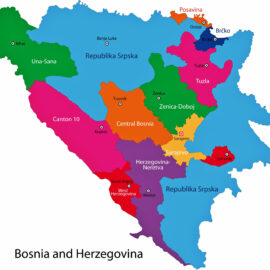
3. Cadastral censuses
The First Cadastral Survey was made by Austro-Hungary in the period 1878-1887. In this survey, they made detailed cadastral maps (from the 1:6,250 to the even 1:720 scale). Maps are available in the local cadastral offices while the books with the names of landowners are kept partly in the Archive of Bosnia and Herzegovina in Sarajevo and partly in the War Archives in Vienna.
The Second Cadastral Survey was made by SFR Yugoslavia in 1968. Both the maps and the books with the names of all landowners are available for researchers and can be viewed in the local cadastral offices.
Useful links:
1. Republic administration for geodetic and property affairs of Republic of Srpska (rgurs.org)
2. Geoportal of RAGPA of Republic of Srpska (rgurs.org)
3. Federal Administration for Geodetic and Real Property Affairs (katastar.ba)
4. Geoportal of FAGRPA (katastar.ba)
4. Lists of victims of First World War
At the beginning of the First World War, Bosnia and Herzegovina was part of Austria-Hungary and the Orthodox Serbs were the largest population of Bosnia and Herzegovina. Although they participated in the Austro-Hungarian Army, like all others in Bosnia and Herzegovina, many Serbs escaped mobilization and volunteered for the army of the Kingdom of Serbia. Because of this and of rebelling, Austro-Hungarian authorities imprisoned many Serbs in concentration camps such as those in Doboj and Arad.
Useful links:
1. Victims of Austro-Hungarian army in First World War (digi.landesbibliothek.at)
2. Victims of concentration camp in Doboj (poreklo.rs)
3. Victims of concentration camp in Arad (poreklo.rs)
5. Lists of victims of Second World War
These lists were made by Yugoslavian authorities after the war. They contain information about the killed persons in the war with their main info (Name, Father’s Name, Surname, Year of Birth, Nationality, Year of death, Way of death, Place of death, Register number). However, the Federal Commission assessed that the census was incomplete, that it covered only 56-59% of the estimated number of casualties (1.016.000 to 1.066.000), noting that it did not cover at least 50.000 quislings (who were not intended for the census).
Useful links:
1. Victims of the Second World War in Yugoslavia (muzejgenocida.rs)
2. Victims of Jasenovac concentration camp (jusp-jasenovac.hr)
3. Victims of Jadovno concentration camp (jadovno.com)
6. List of victims of Civil War in Bosnia and Herzegovina
Currently, there are two official lists of victims of the Civil War in Bosnia and Herzegovina. One is issued by the Research and Documentation Center from Sarajevo and the second is issued by the Republic Center for Research of War, War Crimes, and Missing Persons from Banja Luka.
Useful links:
1. Group of authors, Victims of Defense–Patriotic war, Banja Luka, 2019 (rcirz.org)
2. Group of authors, Bosnian Book of Dead, Sarajevo, 2013 (mnemos.ba)
7. Main Literature
For the researching your Serbian ancestry in Bosnia and Herzegovina we suggest you to use the next primary literature (all available in Poreklo’s Digital Library):
1. Đorđe Nikolajević (edit.) – Šematizam pravoslavne mitropolije i arhidijeceze Dabro-bosanske za godinu 1882 (link)
2. Stjepo Trifković – Višegradski Stari Vlah (link)
3. Stjepo Trifković, Vladimir Trifković – Sarajevska okolina (link)
4. Borivoje Ž. Milojević – Kupreško, Vukovsko, Ravno i Glamočko polje (link)
5. Petar Rađenović – Sela parohije Krnjeuše u Bosni (link)
6. Milan Karanović – Pounje u Bosanskoj Krajini (link)
7. Milenko Filipović – Visočka nahija (link)
8. Milan Karanović – Sanička župa u Bosanskoj Krajini (link)
9. Milenko Filipović – Borovica (link)
10. Milenko Filipović – Vogošća i Bioča u Bosni (link)
11. Petar Rađenović – Unac (link)
12. Milenko Filipović – Glasinac (link)
13. Milenko Filipović – Rama u Bosni (link)
14. Jevto Dedijer – Hercegovina (link)
15. Jevto Dedijer – Bilećske Rudine (link)
16. Obren Đurić Kozić – Šuma, Površ i Zupci u Hercegovini (link)
17. Neđeljko Paovica – Ljubomir (link)
18. Neđeljko Paovica – Zavođe (link)
19. Petar Šobajić – Dabarsko Polje u Hercegovini (link)
Almost all of these books are published in the edition Naselja i poreklo stanovništva = Settlements and origin of population issued by Serbian Academy of Sciences and Arts.
Magazines: Baština Sjeveroistočne Bosne, Hercegovina, Tribunia, Bosansko-Hercegovački Istočnik, Dabro-bosanski Istočnik, Istočnik, Gračanički glasnik.

8. Genetic Genealogy
Genetic Genealogy is of value in researching ethnic Serbian origins in Bosnia and Herzegovina. Thanks to the Serbian DNA project, 1700 Serbian families from Bosnia and Herzegovina completed Y-chromosome DNA testing. Comparing their results with historical records and Family Saint Patrons, led to discovering earlier origins, sometimes going back to the Middle Ages.
In the period between 2016 and 2021, the Society of Serbian Genealogists “Poreklo” conducted a genetic research in the area of Old Herzegovina on a sample of 500 men. As a result, they were connected to their Serbian geographical origins, and in some cases discovered new facts about old Hercegovina families which were presumed extinct.
The results of that five-year research are published in the 2021 book Genetičko poreklo Srba Stare Hercegovine = Genetic origins of Serbs of Old Herzegovina.
9. Language and Calendar
Serbs in Bosnia and Herzegovina use both Cyrillic and Latin scripts. For research in English, it is useful to know Latin-Cyrillic or Cyrillic-Latin convertors, as well as some good online translators.
Useful links:
1. Latin-Cyrillic Convertor (convertor.co.rs)
2. GoogleTranslate (translate.google.com)
Also, it is important to know that the Serbian Orthodox Church uses the Old/Julian Calendar instead of the New/Gregorian Calendar. Until 1919, almost all records of Serbian Orthodox Church were dated by the Old Calendar. From 1919, most of the records of the Serbian Orthodox Church are dated by both the Old and New Calendar.
Useful links:
1. Calendar convertor (aulis.org)
10. Maps
Topographic maps are also a valuable source for researching origins. Those more detailed contain tens of thousands of toponyms that are speaking about families that lived in someplace in the past or are still living there today.
Useful links:
1. Topographic Map of Serbia, Bosnia and Herzegovina and Montenegro, 1:25,000 scale (topografskakarta.com)
2. Bosnia and Herzegovina on the Map of Third Military Survey, 1:25,000 scale (maps.arcanum.com)
3. Bosnia and Herzegovina on the Map of Kingdom of Yugoslavia, 1:100,000 scale (library.mcmaster.ca)
11. Recommended Websites:
It has been shown that in addition to all the above sources, domestic genealogical and other related sites can be of great help.
Useful links:
1. Researchable Digitized Newspapers of University Library “Svetozar Markovic”, Belgrade
2. Towns and settlements in Bosnia and Herzegovina – Republic of Srpska (Poreklo.rs), Belgrade
3. Republic Center for Research of War, War Crimes and Missing Persons (publications and library), Banja Luka
4. Google Books (books.google.com), Mountain View
5. Internet Archive (archive.org), San Francisco
6. Gallica (gallica.bnf.fr), Paris













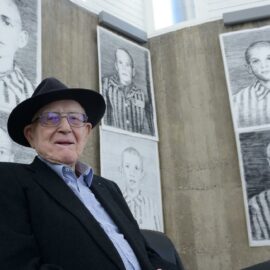
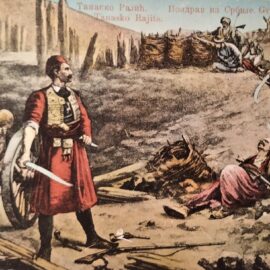
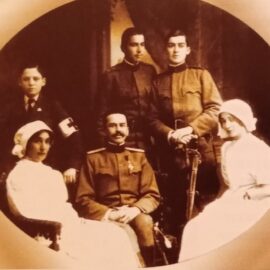
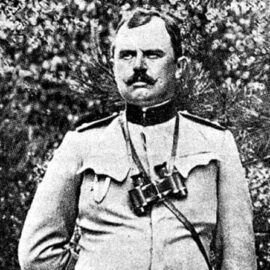
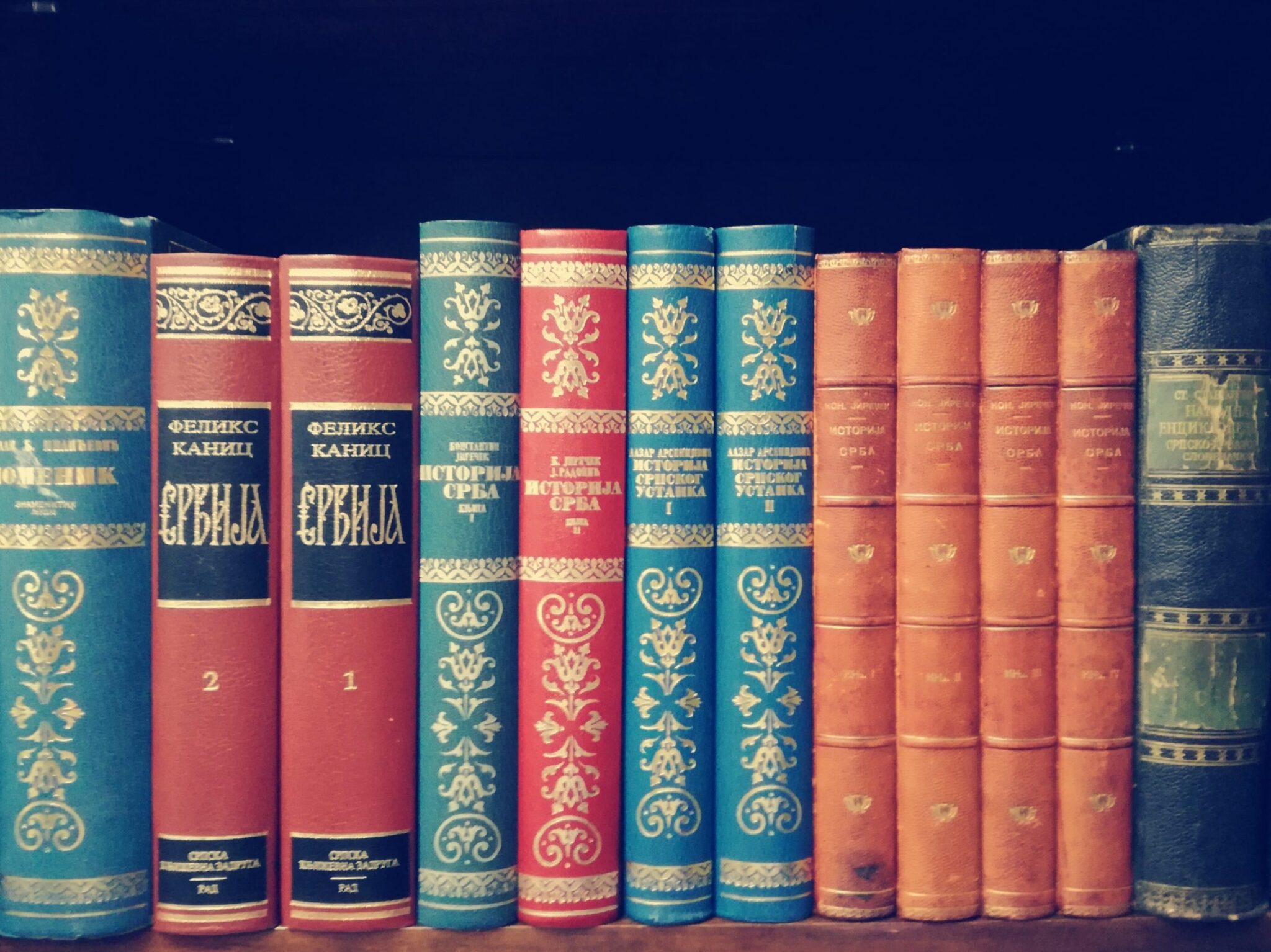
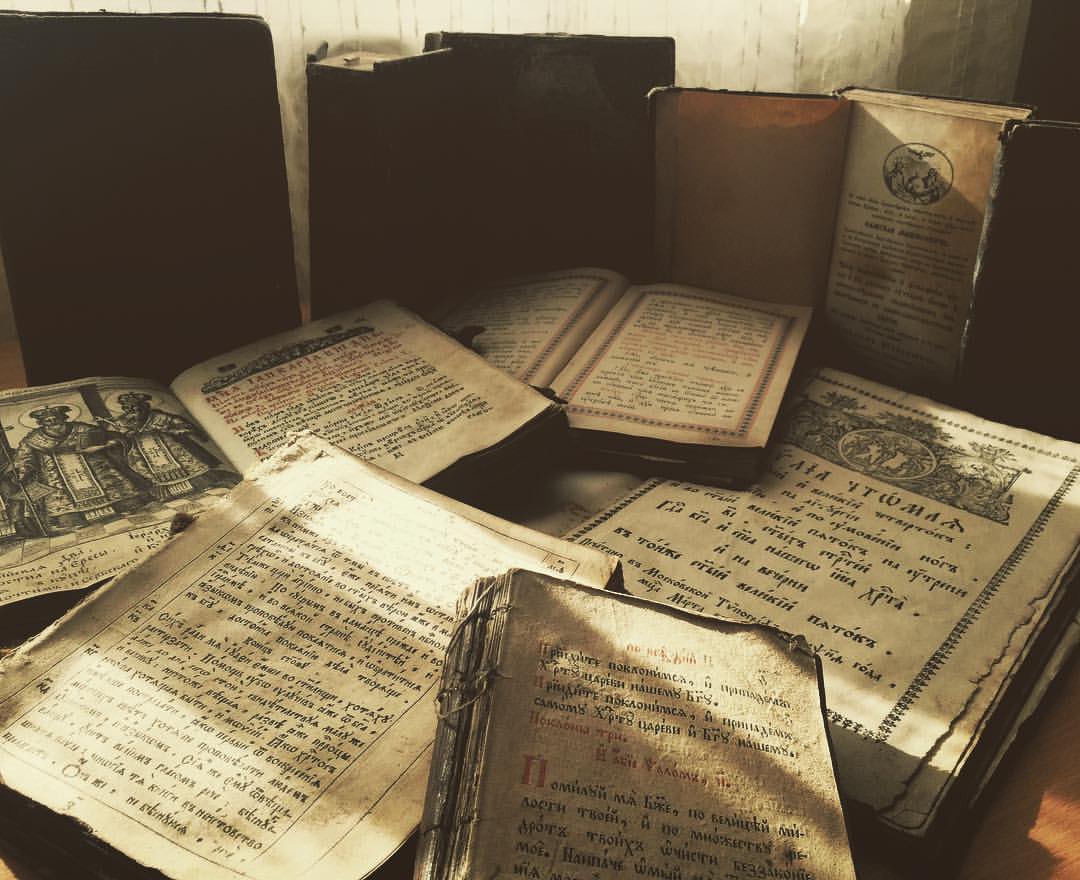
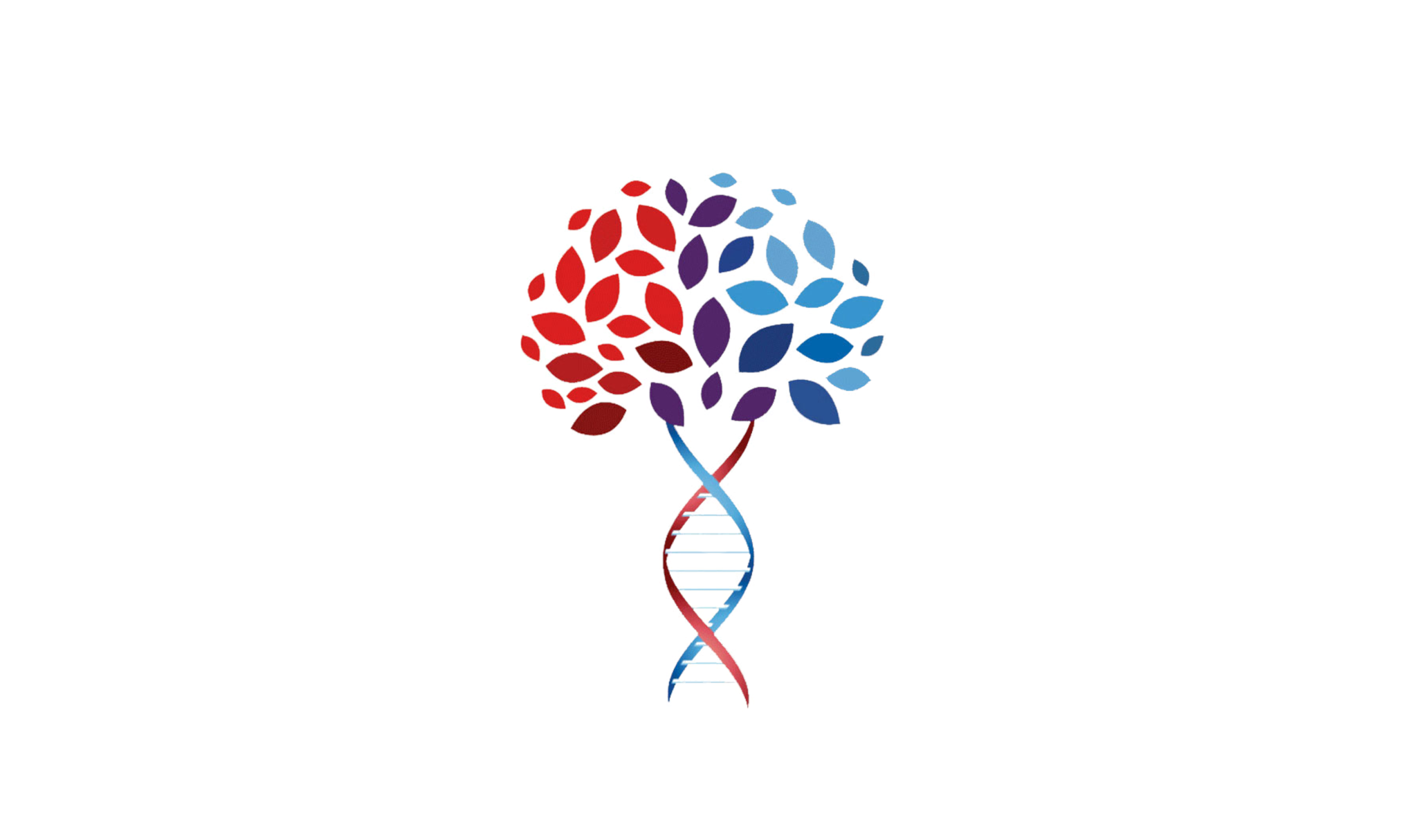

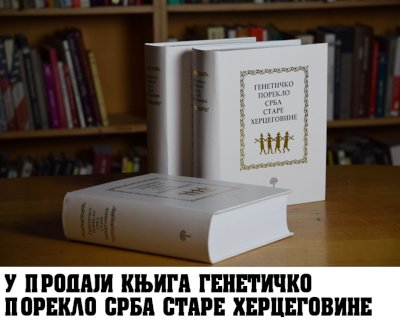
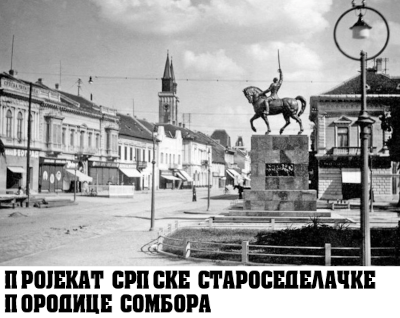
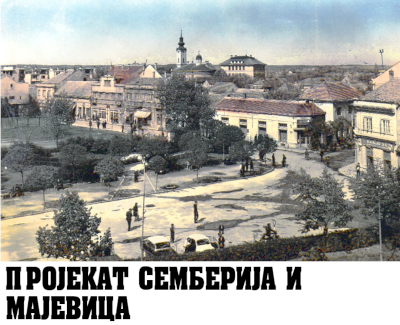
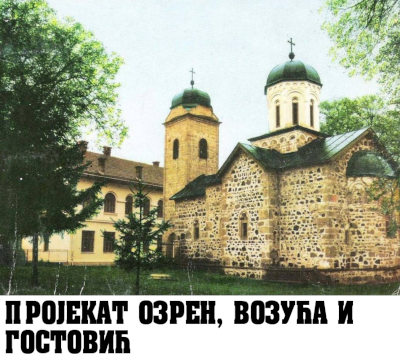
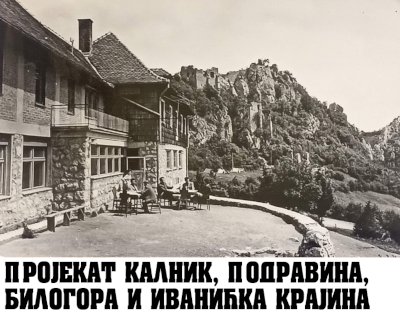
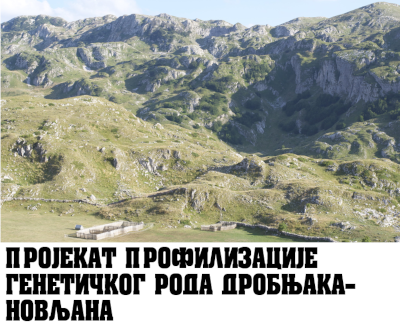
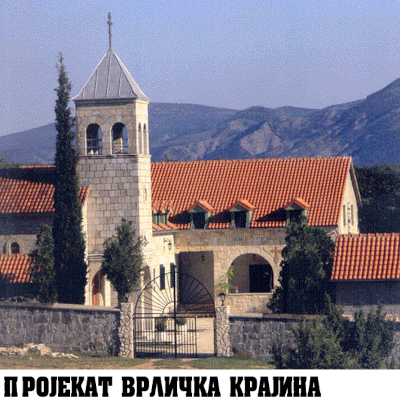

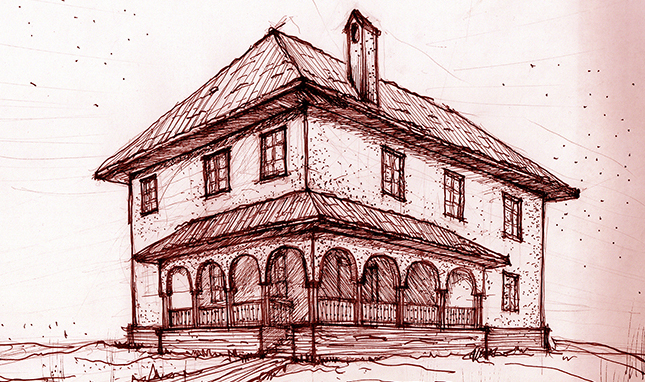

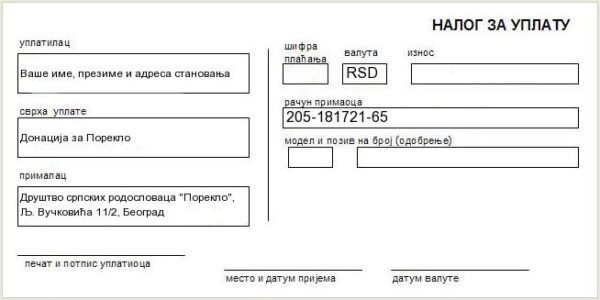
17. март 2022. у 18:12
Michelle Batalo Mills
This is a great guide to research. Very rich with information.
18. март 2022. у 16:17
Бранко Тодоровић
Thank you, Michelle. 🙂
18. март 2022. у 22:11
Gary.b
Firstly, thank you for posting this guide in English. It is a great resource to assist in finding my/your genealogy ancestors.
18. март 2022. у 22:21
Бранко Тодоровић
Thank you very much, Gary. 🙂